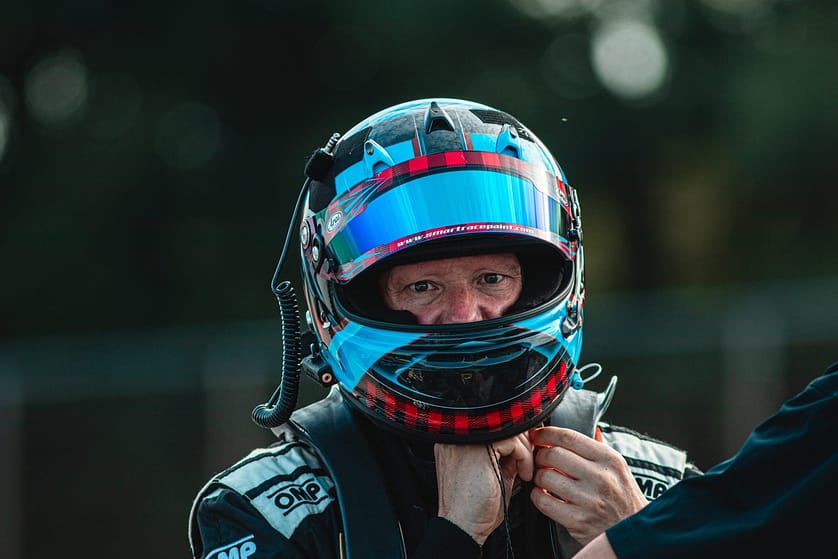Track Experience
Ever wondered what to do your first time at a track? Getting to a Track can be an exhilarating experience. It is, for me at least! That is why it is very important to keep your head and have good preparation. It is also helpful to get some experience at a track during events that are easier to get into and for events that are more welcoming of amateur photographers and videographers. I will say it has been my experience that no particular series is less welcoming, given I haven’t shot at any International races. The thing that I notice is that certain tracks are less conducive to non accredited photogs and videographers.

For example I have shot for several years at Road America in Wisconsin. That is a track with many opportunities for getting good compositions from outside the fence. I will be making a track guide containing some recommended shooting locations and other useful tips.
As for a bad track to shoot at as a spectator, I would say that Indianapolis motor speedway gets my vote. It has little to no access to seating or viewing areas at ground level and they have a general admission restriction unlike any I have seen.
Planning Ahead
Planning is everything when visiting a new track. Learning the layout, access points, and knowing how the race will play out. These things are all very important to getting the best images in as short a time as possible. Because, in many races, especially at the club level, you will only have 10 to 20 minutes to get your shots.
For learning the layout I recommend opening up your map of choice and a map of the track on the tracks website. If you’re lucky your track of choice has an interactive map to more easily assess the track’s layout. The key parts to know on the track are bridges/underpasses, paddock areas, and additionally any important corners or features of the track.

The paddock(if open) and environment are your best friend. Sometimes it is hard to capture the action on track. Whether it be you can’t get close enough, or you don’t have a massive 600mm lens. In that case, look around you. You can oftentimes find interesting people in the spectator area or drivers in the paddock. And particularly at smaller club events teams are often willing to let you get close to take pictures. Some large teams are as well, but it tends to be obvious if they want to let people close or not.

Knowing how a race will play out is also important. I recommend watching the replay of a previous year’s event if available. And if that is not something that is available you can probably locate where there are other photographers and find a new perspective on the location that they are shooting. For example the Location that most of the pros shoot turn six from at Road America is from the outside of the turn. But if you are outside the fence or just looking for a new spot. There is a gap between two trees at the very end of the turn shooting head on towards cars coming over the hill. I would even go as far to argue that this is a better spot.
Geared for the Event
This section could be a subsection to preparation. But knowing what the environment is going to be like and what gear to bring is a big factor for any photographer. I covered general gear for every occasion in last week’s post. With this list being specifically what to do your first time at a track I should say that can take many forms, but to stick with consistency, Road America during the IMSA weekend has a tendency for torrential downpours in the afternoon and with the rain comes many fine photographic opportunities. Any photographer should take the amazing opportunity to shoot in the rain. It adds a whole new element to the table, however, it must be stated that to do this you should protect your gear.
For the rain I just described I recommend a think tank rain cover or a similar generic option. I do not recommend the garbage bag with a hole in it as I have tried that and it is cumbersome and doesn’t like zooms.
List of covers
- Matin M-7098 Deluxe
- Manfrotto Pro Light E-702
- Peak Design Shell
- LensCoat RainCoat Rain Sleeve
- Think Tank Photo Hydrophobia
Overall The number one skill of any photographer is knowledge. For sports and motorsports that knowledge comes through experience, but taking the necessary steps to prepare yourself for the event can yield timeless minutes that would be wasted without proper preparation. We also discussed the necessary protective equipment for rain and made a note that knowing your environment’s hazards and difficulties is almost as important as knowing your arena. I will end by asking those of you with more advice to share in the comments, and those of you with more questions, seek help from the community.
